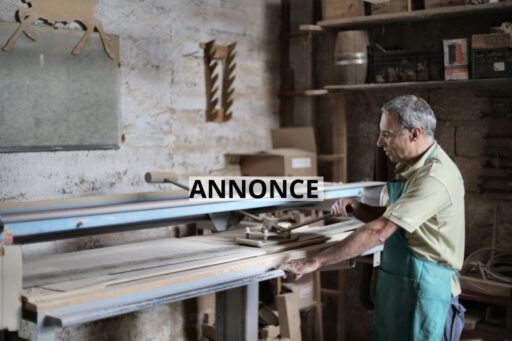In metallography, diamond products are used as abrasives for cutting and grinding materials such as metals, ceramics, and composites. Diamond is known for its hardness and durability, making it an ideal abrasive material for use in metallographic preparation.
Cut-off wheels are an important tool in diamond suspension, which is the process of preparing and handling suspensions of diamond particles for use in a variety of applications, such as cutting, grinding, and polishing.
How cut-off wheels work
Cut-off wheels are used to cut and section diamonds into smaller pieces, allowing for precise control over the size and shape of the diamond particles.
The cut-off wheel itself is a thin, circular disk made of a hard material, such as a super abrasive material like diamond or CBN, or a conventional abrasive material like aluminium oxide or silicon carbide. The wheel rotates at high speeds, using the abrasive edge to cut through the diamond material.
Cut-off wheels play a crucial role in diamond suspension because they allow for the precise control of particle size and shape. This is important because the size and shape of the diamond particles can have a significant impact on the performance and effectiveness of the suspension in different applications.
For example, in cutting and grinding applications, larger particles may be more effective, while smaller particles may be better suited for polishing applications.
Additionally, cut-off wheels can be used to produce a wide range of particle sizes, from sub-micron to millimetre-sized particles, allowing for the production of suspensions that are tailored to specific applications and requirements.
Conclusion
In summary, cut-off wheels play a crucial role in diamond suspension by providing precise control over the size and shape of the diamond particles, which can have a significant impact on the performance and effectiveness of the suspension in various applications.





